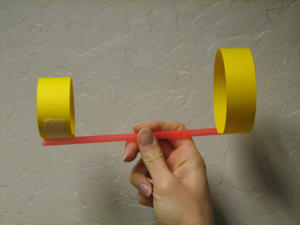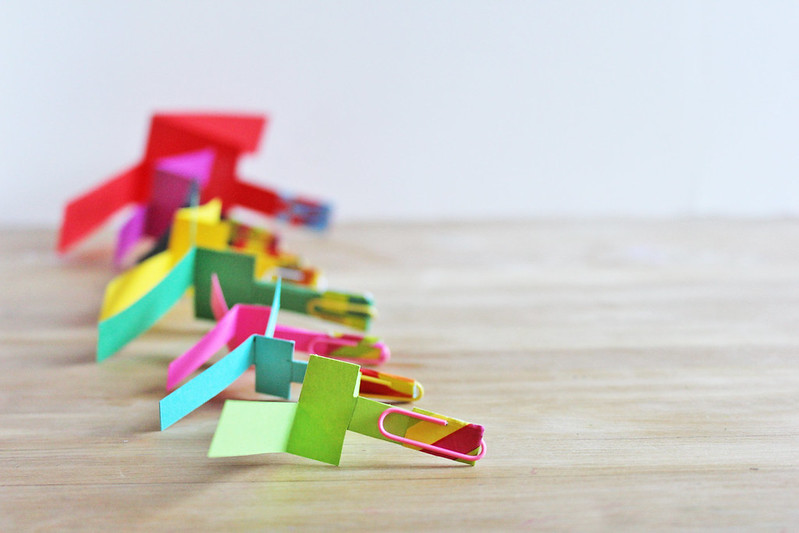Geologists use core samples of rocks and sediment to give them information about the rocks below the surface. We made our own "core" sample by adding dirt to a clear pvc pipe, shaking it up, and letting it settle. The heavier dirt dropped to the bottom and the lightest dirt floated on the water.
We examined our dirt closely and compared and contrasted different dirt samples. This is a fancy science way of saying how things are similar and how they are different. We had some great descriptive words here: cool, soft, hard, shiny, sparkly, smooth, and rough.
We also made predictions about how much water different kinds of dirt could hold. Then we tested our predictions.
Finally we painted with dirt. Artist in the past used rocks and dirt to make paints. Different kinds of dirt make for different colors.
If you want more dirt activities, go here.


















